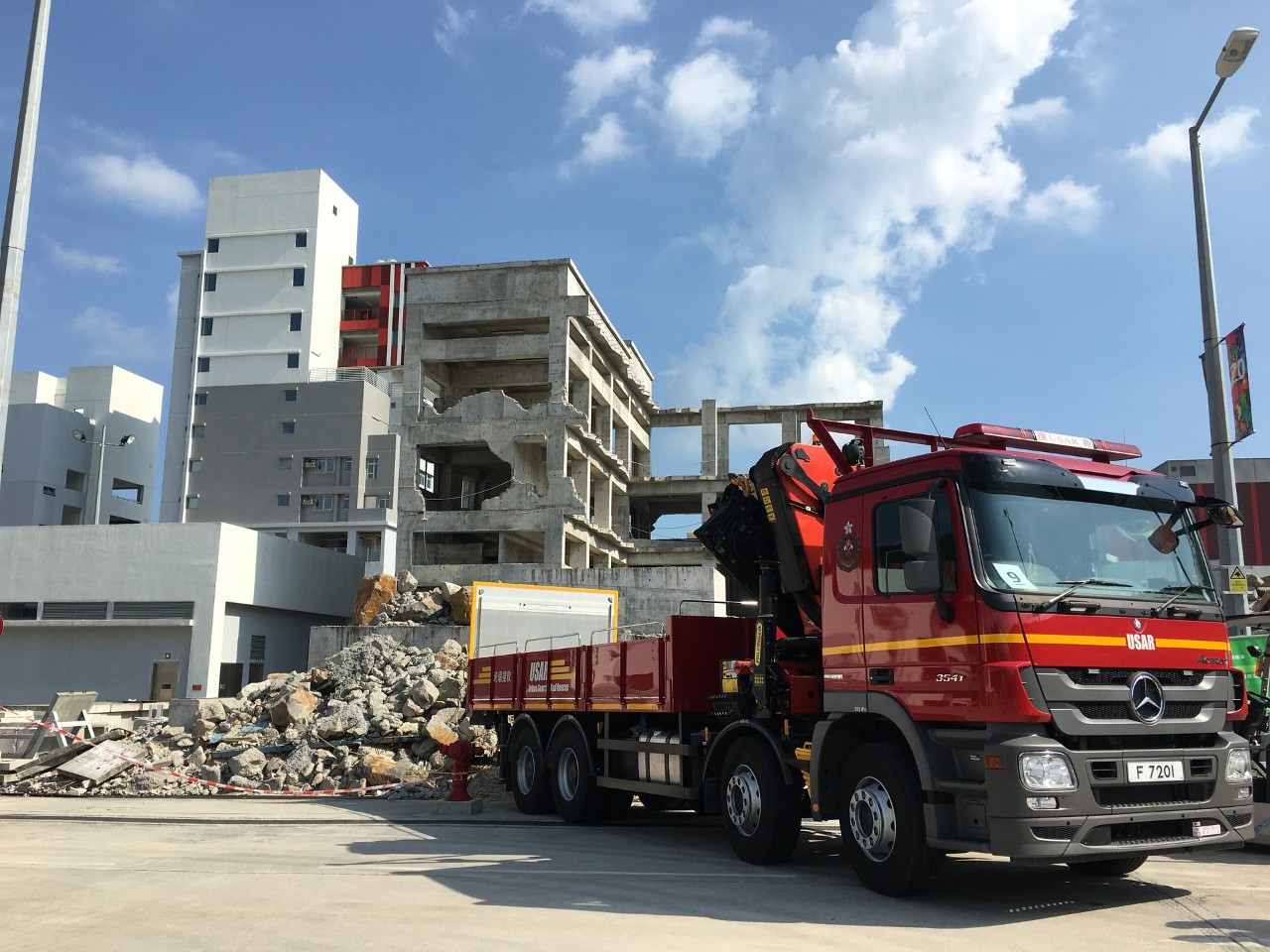
UC professor safeguards buildings in post-earthquake fires

Assistant Professor Rachel Chicchi
Buildings bear the elements. Fires, earthquakes, hurricanes — whatever nature throws at them, buildings must withstand even the most dangerous scenarios. If they don’t, then even bigger disasters, including the loss of human lives, can follow.
University of Cincinnati assistant professor Rachel Chicchi, Ph.D., ensures these structures are up to the task. Chicchi researches the design of steel buildings subjected to multiple hazards, specifically post-earthquake fires.
“We have a pretty good understanding of how buildings perform under earthquakes and how buildings perform under fires, but what happens if these hazards occur one after the other?” said Chicchi.
For her dissertation at Purdue University, Chicchi studied steel building behavior and vulnerabilities to fires after earthquakes. She hopes to bring similar projects to UC, testing structural members exposed to cyclic loading (earthquakes) and high temperatures (fires). She is developing fragility curves to predict the chance of a building’s failure at different fire hazard levels.
Chicchi also studies how to design more resilient and enduring structures. Engineers design buildings to behave in a sacrificial manner, much like a crashing car crumples to lessen the impact for its passengers. In times of crises, buildings can absorb energy through damage and deformations that prevent total building collapse.
“Now that we understand how buildings perform in these earthquakes,” said Chicchi, “we can look to further prevent damage and make these structures easier to repair, so that we don’t need to demolish buildings after an earthquake event.”
Chicchi’s interest in building design and safety is rooted in an event that shook the country: 9/11. Growing up in the New York City suburbs of New Jersey, Chicchi knew people who worked near Ground Zero. Seeing the World Trade Center buildings collapse set her on this path.
Now, Chicchi is combining this interest in building design with her passion for teaching. She currently teaches courses in metal structures theory and design.
“I enjoy mentoring, building relationships and seeing the way I’m helping people,” said Chicchi. “As a structural engineer, you get to see the results of your hard work in the form of a finished building, which is awesome. But for me, I care more about seeing that in the growth of my students.”
Chicchi’s work and guidance could lead to more stable buildings in the unstable world of earthquakes and fires. That means safer workplaces, hospitals and universities for people everywhere.
“Buildings have been around for a long time,” said Chicchi. “Now it’s finding ways to make them more efficient and resilient that’s important.”
Featured image at top: A firetruck is parked in front of a building with structural damage. Photo/Cassty1/Pixabay
Related Stories
How aerospace is turning to trustworthy AI
January 6, 2026
UC College of Engineering and Applied Science graduate Lynn Pickering talks to the Ohio Federal Research Network about her research into artificial intelligence and the future of AI in aerospace engineering.
Engineering professors studying how co-op impacts student journey
January 5, 2026
Cedrick Kwuimy, associate professor educator in the Department of Engineering and Computing Education at the University of Cincinnati College of Engineering and Applied Science is studying how a student’s first co-op experience impacts the remainder of their journey as an engineering student, and how educators can better prepare them for these experiences. Kwuimy and his collaborators have received a three-year grant from the National Science Foundation (NSF) to support this research.
Supporters give generously to the Bearcats Pantry and Resource Center
December 22, 2025
Supporters gave generously to the Bearcats Pantry and Resource at the University of Cincinnati during two fundraisers: the Crosstown Foodout and Giving Tuesday.
